Abstract
This article explores the possibility that Britain’s ancient henge monuments particularly Woodhenge and Stonehenge were not merely astronomical observatories or ritual centres, but early sanctuaries of divine remembrance, built under the influence of prophet-like figures. Drawing from Quranic theology, modern archaeological findings, and a comparative understanding of sacred space, it suggests that these sites may have once functioned similarly to todays masjids: spaces of unity, moral instruction, and communion with the Divine. The article also introduces Gobekli Tepe in modern-day Sanlurfa, Turkey the oldest known temple complex as an ancient parallel, further supporting the theory that early humanity was never without a spiritual compass.
1. Introduction: Prophethood Across the Ages and Lands
The Qur’an affirms that divine guidance was sent to all peoples:
“There was never a nation but a warner had passed among them.” Surah Fatir (35:24)
From this perspective, it is entirely possible that ancient Britons, even before written history, were recipients of prophetic wisdom. Though their names are lost to us, their legacy may yet remain not in texts, but in sacred architecture, such as the henges of southern England. These sites, long viewed through the lens of astronomy and seasonal rituals, deserve to be reconsidered as possible houses of early monotheistic worship.
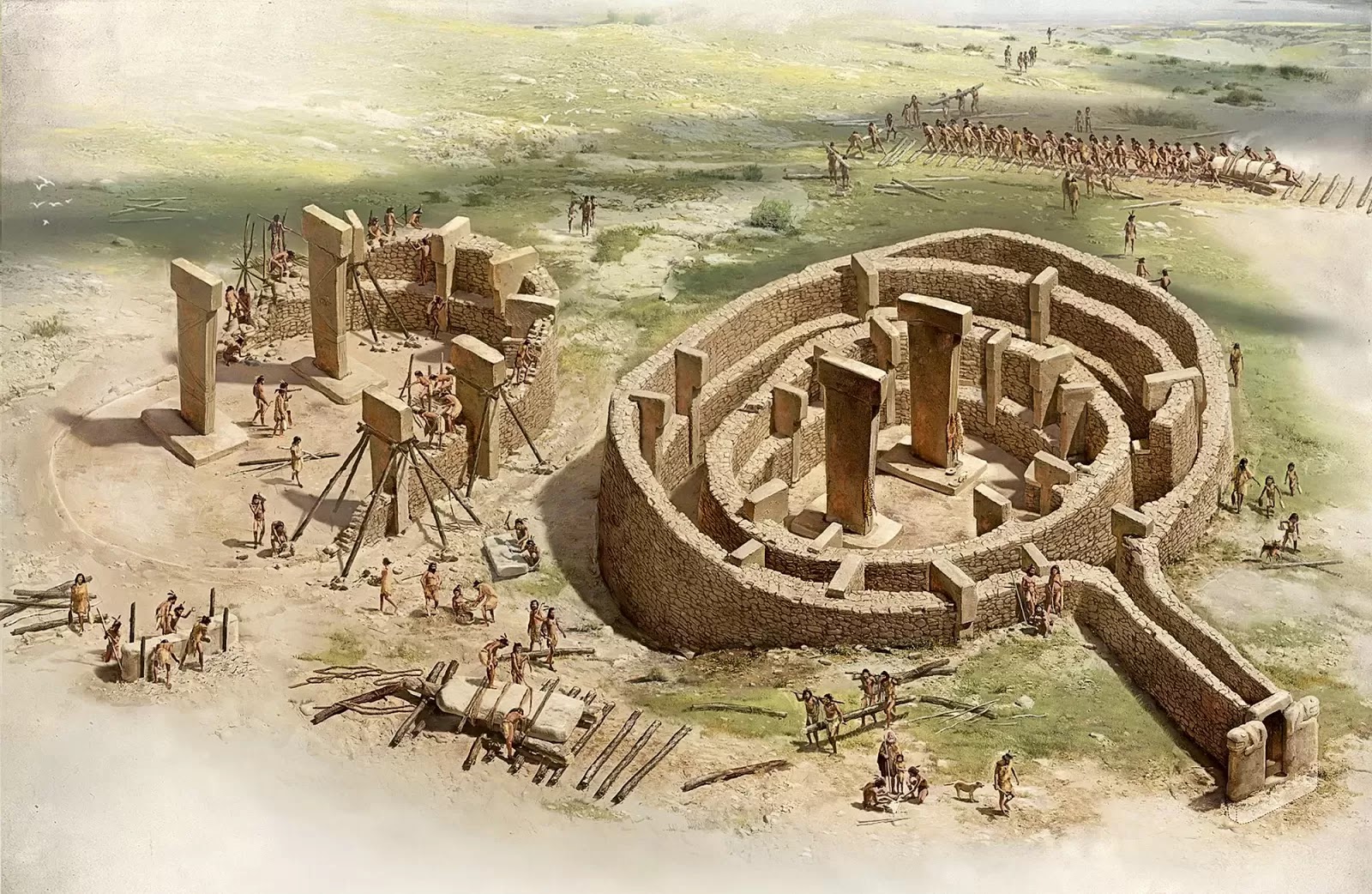
2. The Sacred Geometry of British Henges
2.1 Woodhenge: A Prayer Site in Timber?
Woodhenge, discovered in 1925 near Amesbury, is a Neolithic monument constructed with concentric timber posts, dated to around 2300 BCE. Central to its design is a stone marker or mound, long debated by archaeologists. Some interpret it as a childs grave, others as a symbolic centre. This centre could also be imagined from a theological perspective as the grave of a prophet, or a sacred focal point for communal worship, akin to the mihrab in a mosque. The precision of its layout and its deliberate orientation suggest not only ritual use but reverent intentionality, pointing to a structured, morally rooted community life.
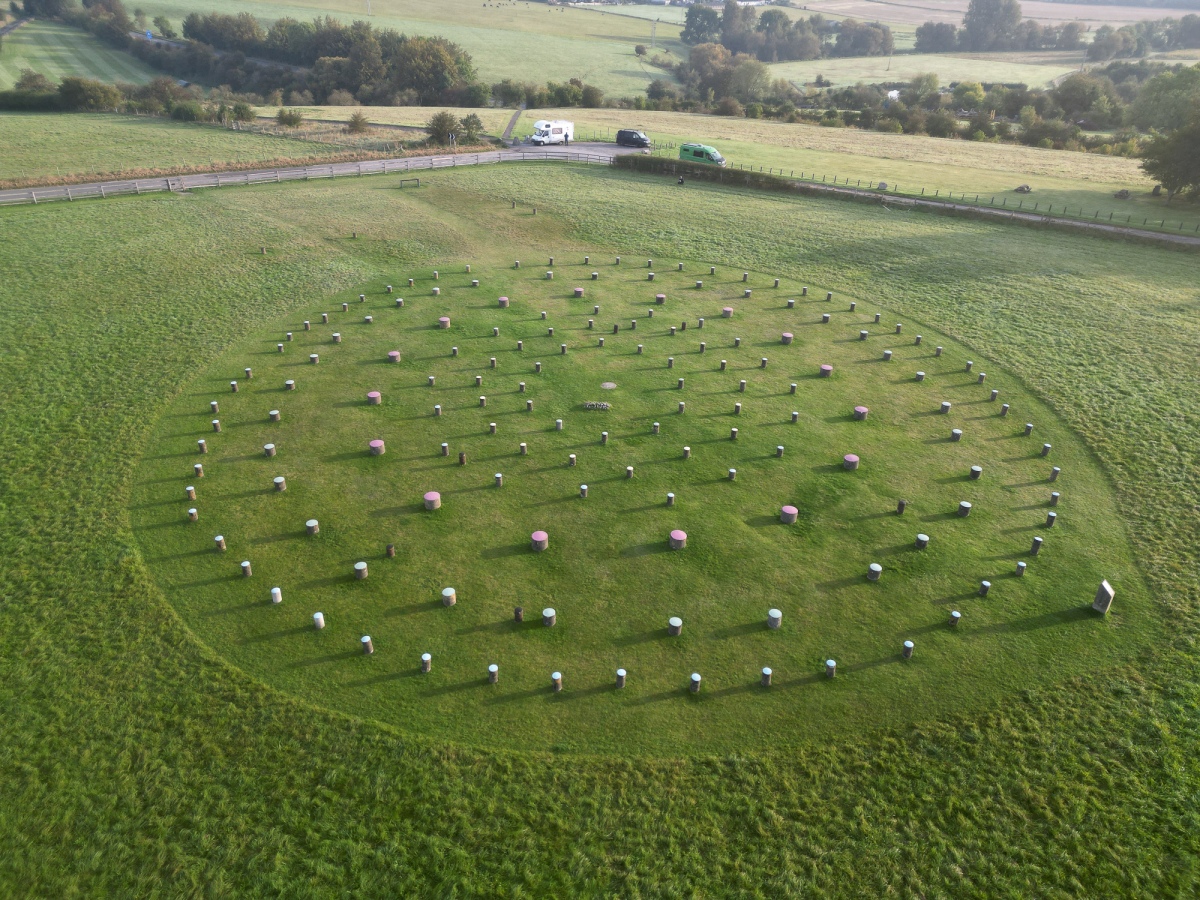
2. The Sacred Geometry of British Henges
2.2 Stonehenge: Monument of Worship or Observatory Alone?
Stonehenge, its larger and more famous neighbour, also exhibits astronomical alignments, but more recent excavations (Parker Pearson et al., 2008) have highlighted its ritual, funerary, and communal functions.
Features such as:
– Pilgrimage pathways,
– Burials with honoured offerings,
– Seasonal feasting and gathering spaces,
all suggest that Stonehenge was a spiritual hub. Could this be the legacy of a forgotten prophet, who once united tribes through moral teaching and shared remembrance of the Divine?
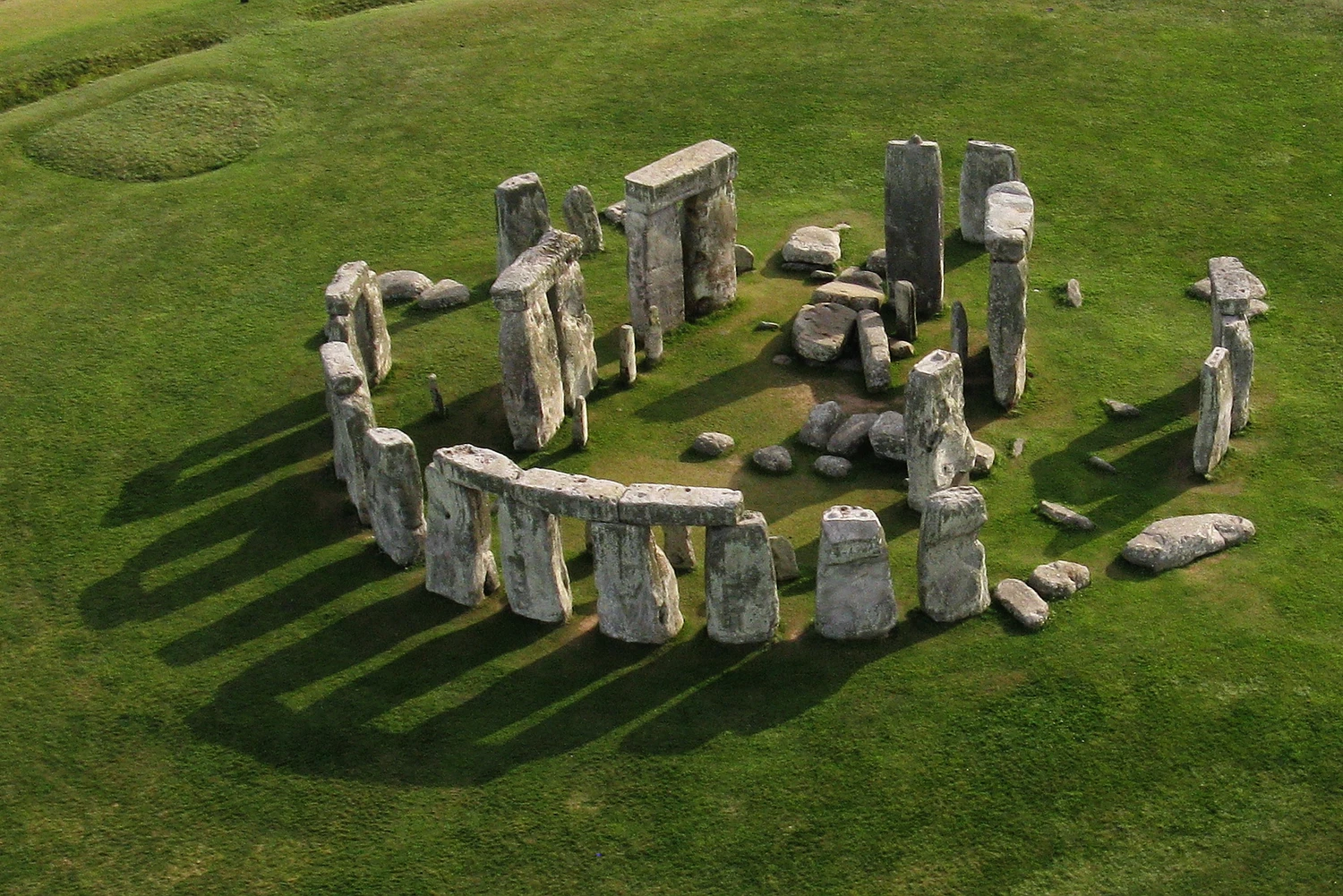
3. Gobekli Tepe: Humanity’s First Masjid?
Over 3,000 km away, in Sanlurfa, Turkey, lies Gobekli Tepe (“Belly Hill”) a temple complex dated to around 9600 BCE, making it the oldest known monumental religious site on earth.
Discovered in the 1990s, it features:
– Massive T-shaped pillars up to 6 metres tall,
– Animal carvings of symbolic and spiritual nature,
– No signs of habitation or agriculture suggesting it was built for worship alone.
Scholars such as Klaus Schmidt (lead excavator) argue that religion preceded settled life, rather than the other way around. Some contemporary Muslim thinkers have built on this idea, suggesting that humanity was never “primitive” in its spiritual sensibilities and may have always been guided.
Gobekli Tepe therefore supports the notion that sacred architecture and moral consciousness emerged not out of fear or nature-worship, but from a yearning for the Divine perhaps even under prophetic guidance.
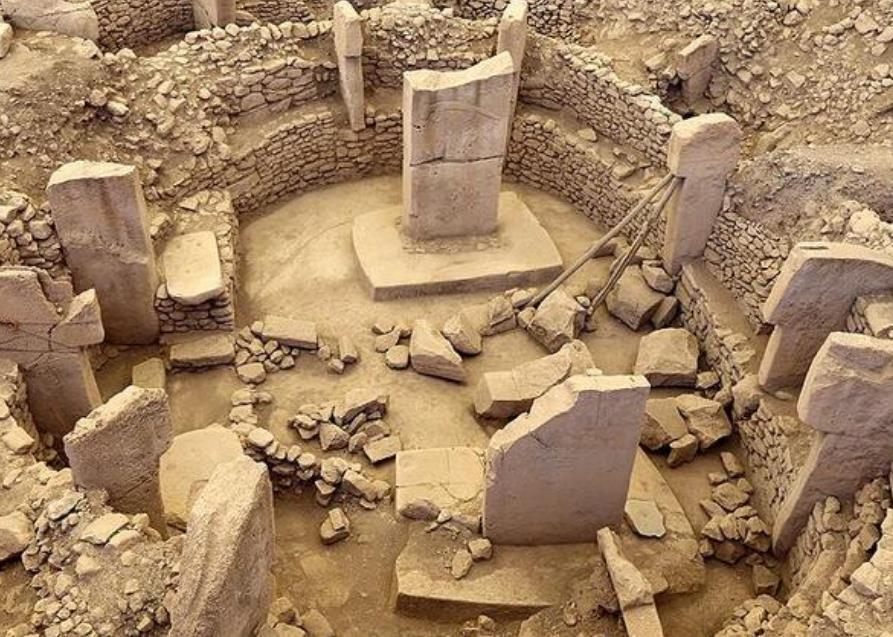
4. Sacred Spaces and the Memory of Revelation
The circular design of henges and the use of ritual centres parallels many religious traditions. In Islam, the Kabah is central not only physically but spiritually uniting the faithful across space and time.
Likewise, the henges may have served as:
– Communal places of worship,
– Sites of moral instruction,
– Centres for ritual purification and celestial alignment.
Even in the absence of written scripture, architecture can speak and what these ancient stones and timbers may be telling us is that their builders were more than astronomers or labourers. They were seekers, possibly guided by revelation.
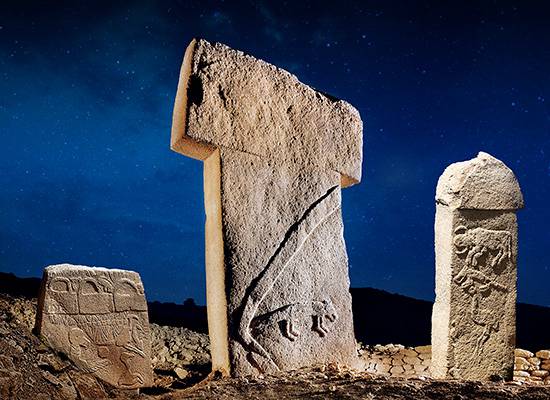
5. Reflections: A Forgotten Prophetic Past and Our Present
If humanity has always sought the Divine, what of today?
Our ancestors heaved stone and timber, trekked miles, and gathered in sacred circles all to honour something greater than themselves. They built not only to survive, but to remember, to connect, and to worship.
And yet, in our own time, amidst the abundance of knowledge and comfort, humanity seems to be drifting. We are filled with questions of identity, purpose, and meaning, yet often ignore the One who offers all three.
Perhaps it is time to remember that our ancestors were not merely inventors and builders they were seekers of the sacred. And perhaps we should begin seeking again.
Author: Najib Sabri Eustosh
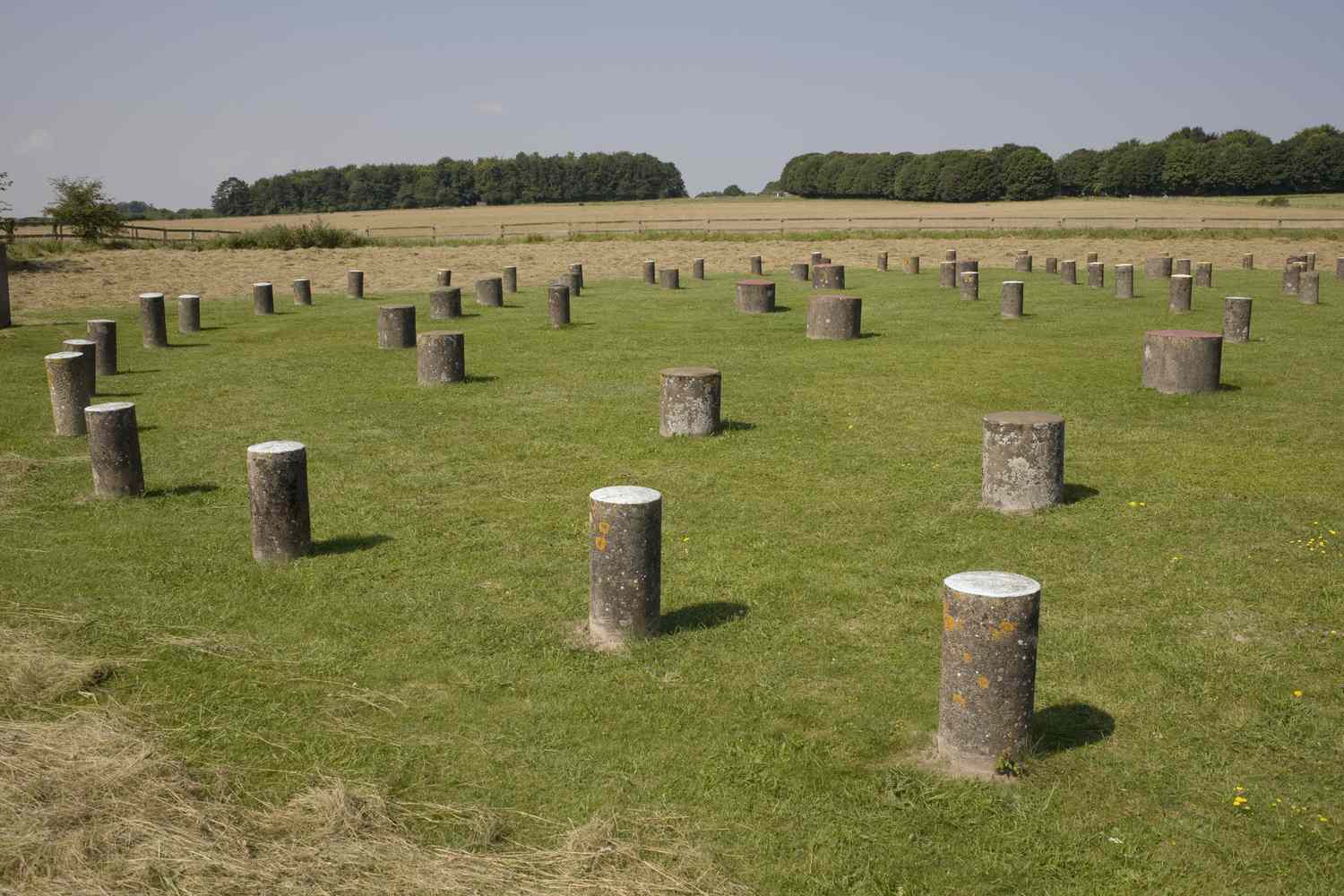
Sources & References:
– Quran, Surah Fatir (35:24), Surah Yunus (10:47), Surah Sad (38:72)
– Parker Pearson, M. (2008). Stonehenge: Exploring the Greatest Stone Age Mystery
– Schmidt, K. (2010). Gobekli Tepe The Stone Age Sanctuaries
– Scarre, C. (2013). The Human Past: World Prehistory and the Development of Human Societies
– Eliade, M. (1959). The Sacred and the Profane: The Nature of Religion
– Hublin, J.-J. et al. (2017). Nature, Pan-African origin of Homo sapiens


